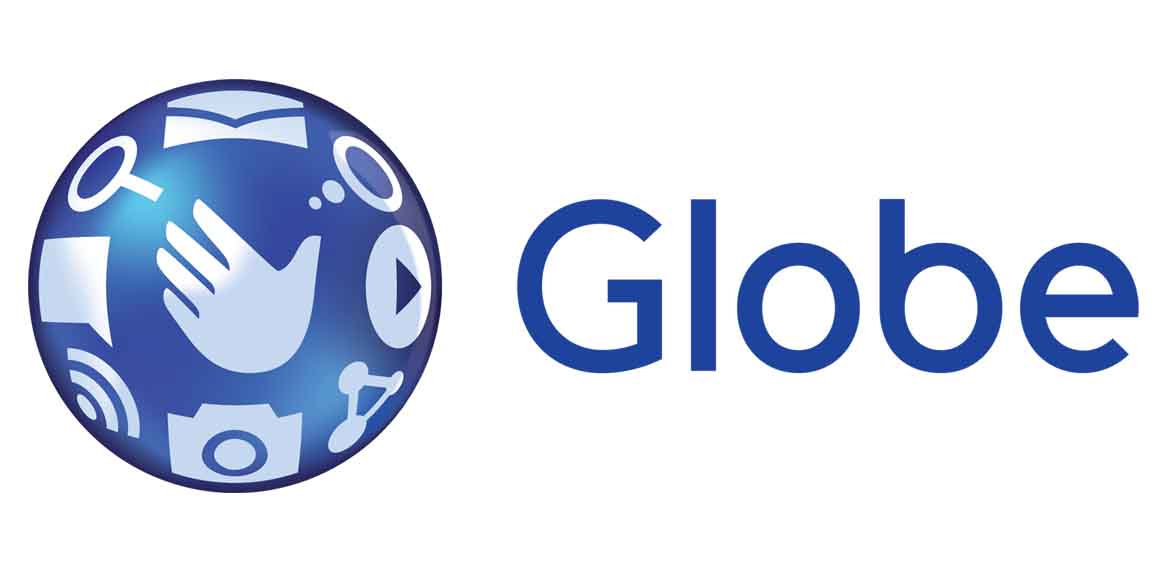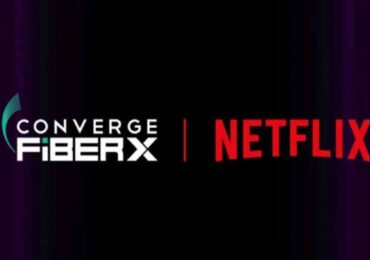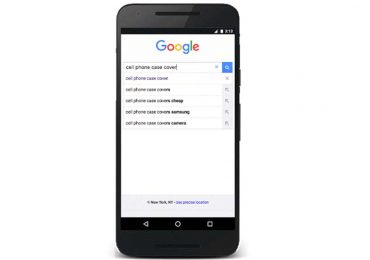Globe substantially improved the internet experience of its customers, in fulfillment of its commitment made to the government last year.
Using the latest benchmarking results as of the second quarter 2017 released by the National Telecommunications Commission, Globe mobile download throughput was at 9.3 Mbps compared with 1.65 Mbps in the first quarter of 2016, with webpage browsing success rate at 98.5%.
“The NTC’s benchmarking report reflects the company’s sustained efforts to improve internet connectivity in the country as the company has committed to the government. We expect to further enhance customer experience as continue with the aggressive deployment of LTE sites, utilizing the 700 MHz, 1800 MHz and 2600 MHz frequencies,” Globe Chief Information and Technology officer Gil Genio said.
Globe has so far deployed close to 5,000 LTE sites nationwide, using the 700 MHz, 1800 MHz and 2600 MHz frequencies for wider coverage and increased capacities. Majority of the company’s LTE sites were deployed in Metro Manila and other highly populated areas, where majority of customers using LTE-based handsets are located. With build preparations it has undertaken in recent months, Globe expects deployment to ramp up progressively moving forward, targeting sites with high demand.
Reflecting improved state of internet in the country, the company’s mobile data revenues sustained its growth momentum in the first half of the year, climbing 13% to P20.3 billion from P18 billion in the first half of 2016. Mobile data also accounted for 42% of total mobile service revenues amid continued increase in smartphone penetration.
For wireline internet, the first quarter State of the Internet report from Akamai revealed that the country registered the strongest growth in Asia Pacific region in terms of “above 4 Mbps connectivity adoption” at 39% adoption rate, growing 26% QoQ and a robust 11% YoY.
For above 10 Mbps adoption, the country showed an 11% adoption, growing by 53% QoQ and a 330% surge YoY. For 15 Mbps connectivity adoption rate, the country showed a steady improvement at 6.2% adoption, up 72% QoQ and 509% jump YoY.
Also, the most recent study by Ookla in its Speedtest Global Index indicated the Philippines showing significant improvement in broadband speed. For fixed broadband, the average speed is up 57% at 12.43 Mbps while the average upload speed doubled from last year, posting 111% growth at 10.37 Mbps. On mobile, the Philippines’ average download speed is up 38% YoY at 10.29 Mbps while the average upload speed improved 57% at 5.29% Mbps.
Early this year, Globe said it is on track to hitting its target of rolling out 2 million home broadband with speed of at least 10 Mbps by 2020 to provide reliable and high-speed fixed internet one area at a time in support of its commitment to improve fixed internet in the country, he said. The company plans to roll out 400,000 ultrafast broadband lines by the end of 2017 after deploying over 260,000 home broadband lines in 2016. Progressive rollouts will be undertaken within the next 3 years until 2020 to serve at least 2 million homes.
Further, Globe deployed over 10,000 access points for free public WiFi services in major malls, coffee chains, convenience stores, transport hubs, schools, hospitals, and many other locations across the country including the 24-kilometer stretch of EDSA.












